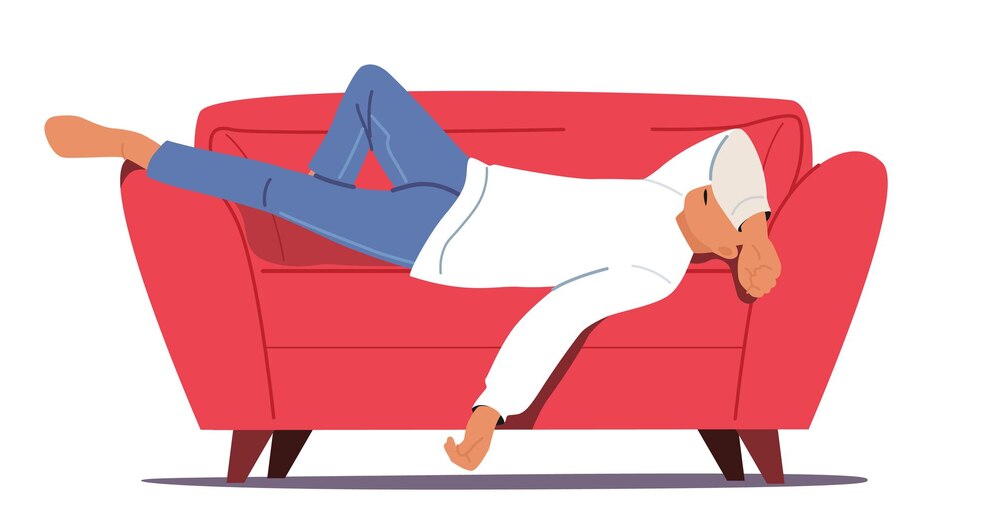Researchers from Swinburne University of Technology and the Baker Heart and Diabetes Institute analyzed the behavior of more than 2,000 people over a 24-hour period to determine the optimal amount of time to spend sleeping, being physically active, and how much sitting and standing. The new study, according to med-heal.ru, was published in the journal Diabetologia.
According to the researchers, the optimal balance of such activities looks like this:
6 hours of sitting;
5 hours and 10 minutes of standing;
8 hours and 20 minutes of sleep;
2 hours and 10 minutes of light physical activity;
2 hours and 10 minutes of moderate to vigorous physical activity.
The light physical activity could include, for example, housework, but the higher-intensity physical activity should consist of focused exercise in the gym or brisk walking.
According to the researchers, such a routine provides a balance between different health indicators.
“Different health indicators, from waist circumference to fasting glucose levels, have different meanings for each behavior. This section covers a wide range of health indicators and provides 24 hours relating to overall optimal health,” says research team leader Christian Brackenridge from Swinburne’s Centre for Urban Transformation.
The results of the study show that replacing time spent sitting with greater physical activity was associated with healthier blood glucose levels in people with type 2 diabetes compared to people without diabetes.


